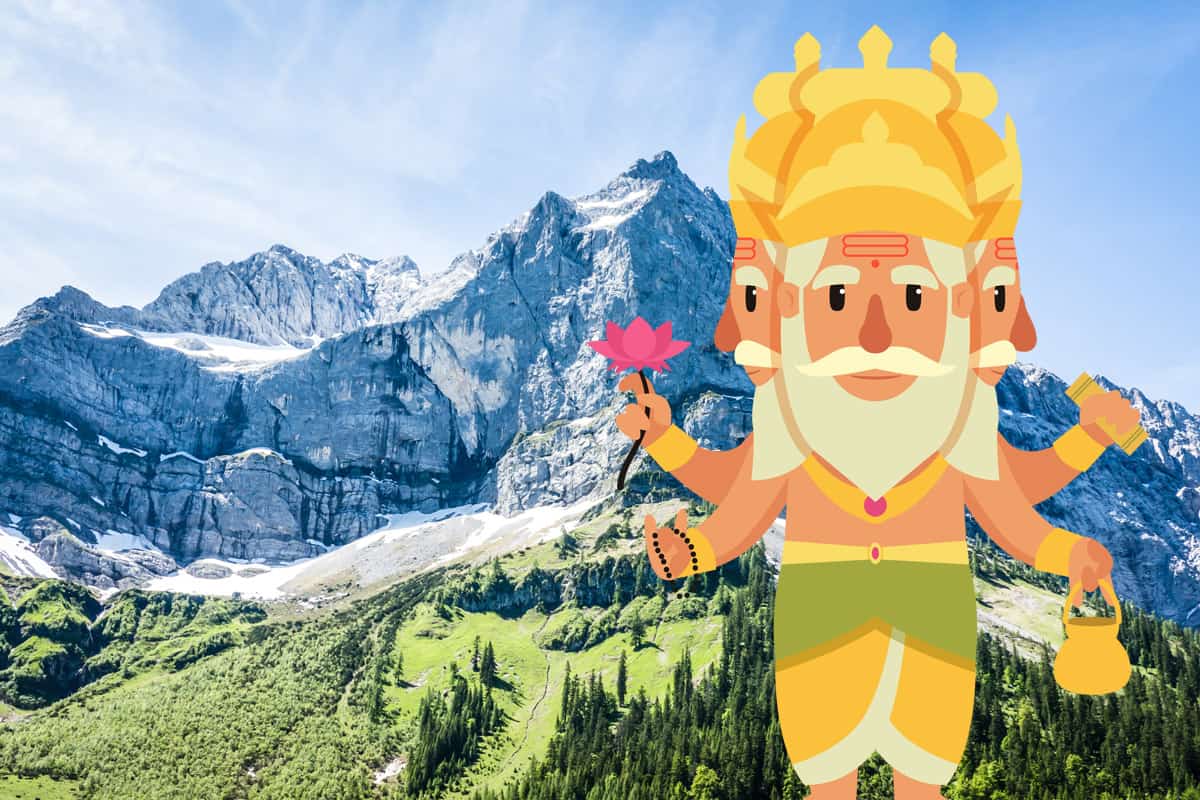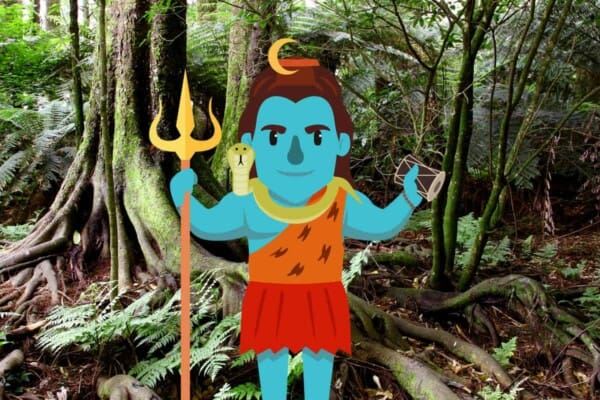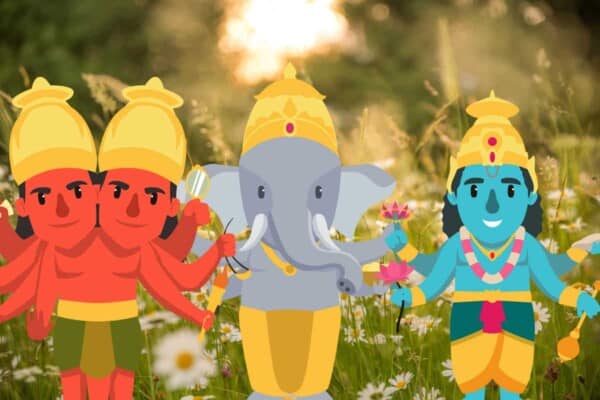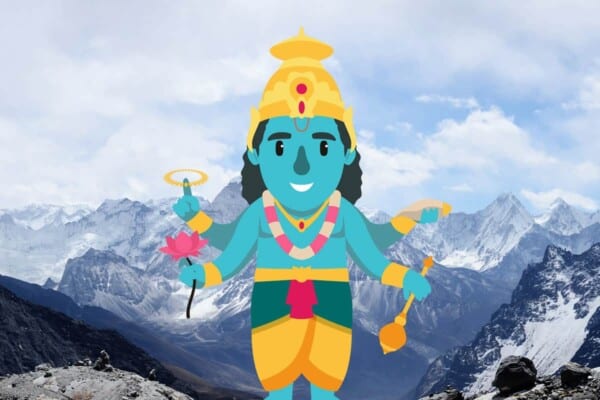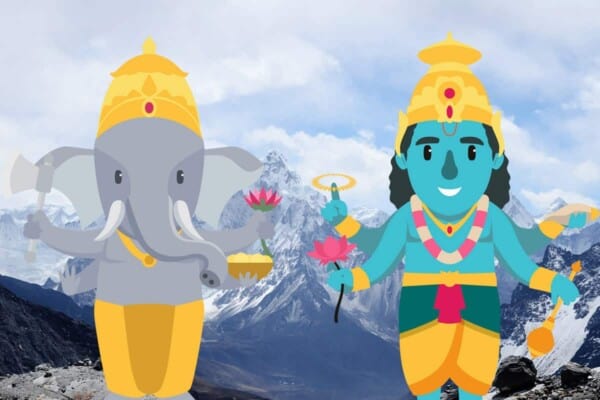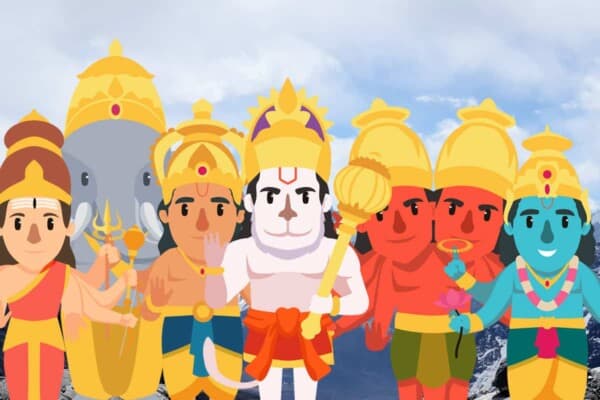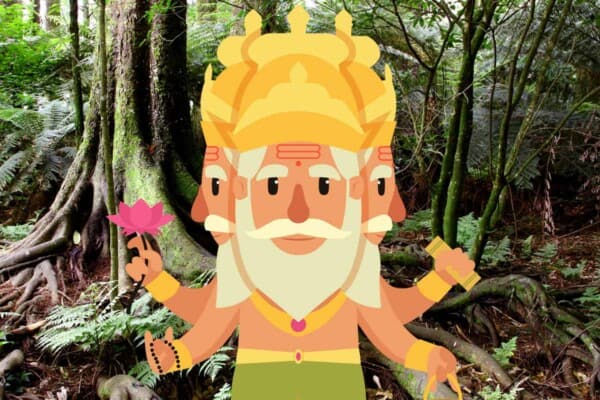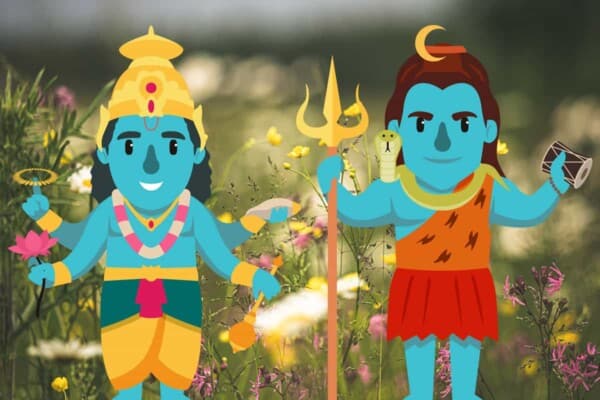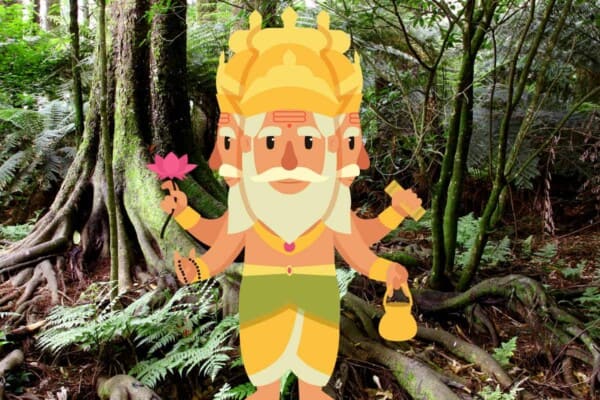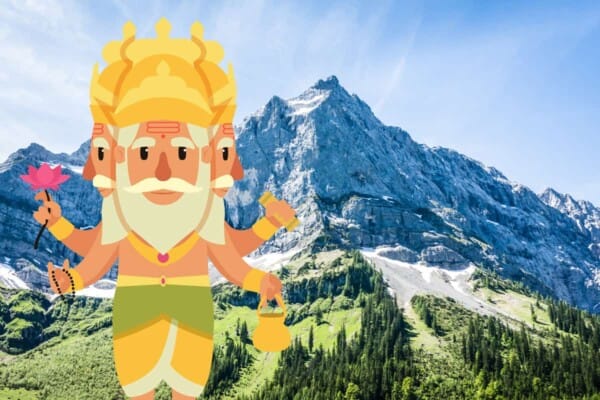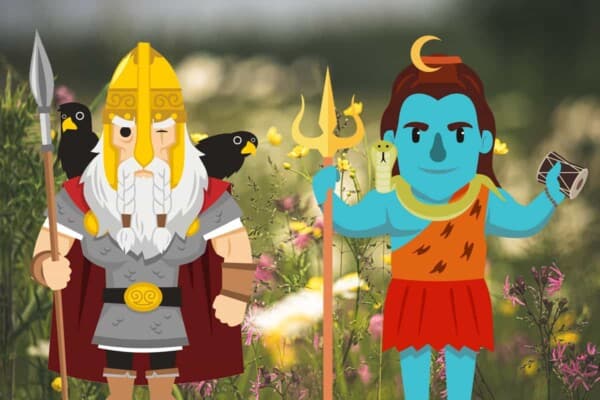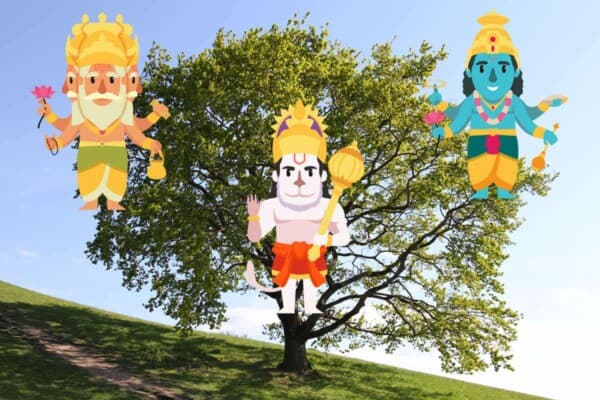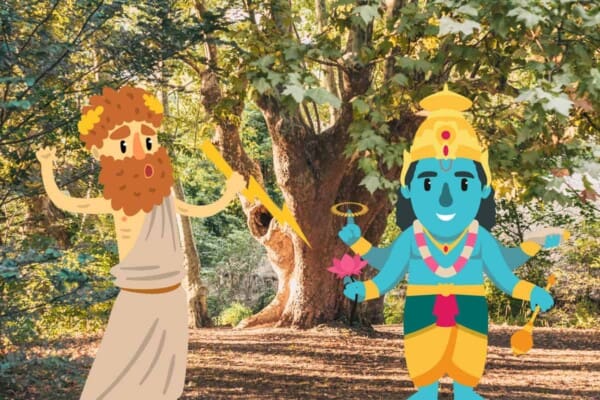Brahma and Krishna are two deities who are very different from each other in almost every respect. While Brahma is one of the three supreme deities in the Hindu Pantheon, Krishna is a human reincarnation of Lord Vishnu, another one of the three supreme deities.
Brahma is assigned with the task of creating the universe out of nothingness and is therefore attributed the role of the creator and has very little to do beyond this one prime role. However, Krishna, being a reincarnation of Vishnu in human form is known for a lot of different stories from childhood to the time he becomes the king of Mathura. Furthermore, Brahma is an older individual with the purpose of creating reality while Krishna is mostly depicted either as an infant or teenager with a lot of human traits and appearances. Brahma and Krishna are both major deities in Hindu Mythology but it is Krishna who has a significant number of devotees compared to Brahma in modern day India and other countries that follow the tradition of Hinduism.
Here are a few important differences that reassert the stark distinctions between Brahma and Krishna.
So, What is the Difference Between Krishna and Brahma?
— Origin Story
Brahma is considered the creator of all of the universe and is therefore attributed with the credit of creating himself too. However, there exist several other versions of this event. In deity centric texts like Vaishnavism, Shaivism and Shaktism, the prime deity is attributed with the creation of everything and therefore Brahma as well. There also exists a version in which it is said that Brahma was created by a goddess, Devi, when she together created the ‘Trimurti’ which includes Vishnu and Shiva as well. But the majority consensus is that Brahma, being the creator of the entire universe, created himself into existence.
Krishna, on the other hand was born as a human being and is probably the most popular of the ten reincarnations of Lord Vishnu on earth. He was born to Vasudeva and Devaki of the kingdom of Mathura but was brought up by Nanda and Yashoda of Vrindavan. Before his birth a prophecy was made that he would kill and eventually overthrow the tyrant ruler Kamsa, who happened to be the brother of Krishna’s mother Devaki. Enraged, Kamsa throws his sister and her husband in prison where Krishna is born. Then, with the help of Vishnu’s mount, the serpent Adishesha, Vasudeva carries the infant Krishna and exchanges him in Vrindavan with the daughter of Nanda and Devaki.
— Family
Brahma is not exactly a mortal and is therefore not related to anyone the same way a mortal would be. However, Lord Brahma is said to be the creator of the entire universe and with the other two deities, Vishnu and Shiva, forms a trinity referred to as the Trimurti in Hindu Mythology. He is therefore considered as having a brotherly relationship with Vishnu and Shiva. This is probably because there exist versions of the creation of the Trimurti where a supreme deity, Devi, created them together. Furthermore, Brahma is also related to Saraswati, his consort, muse and wife with whom he is usually depicted iconographically.
Krishna was born to Vasudeva and Devaki, and they are considered his biological parents throughout folklore. However, Krishna was brought up by Yashoda and Nandakishore from Vrindavan and form a major part of the stories told about Krishna. Krishna is also related to the king of Mathura, Kamsa, who is his uncle and archenemy in the beginning of Krishna’s story. Furthermore, there exist numerous stories of Krishna and Radha, who are deeply in love with each other, but always have a platonic relationship. Krishna has several wives, out of which Rukmini is considered to be his wife in most versions of the story.
— Appearance
Brahma is an old or middle aged man wearing bright white or pink clothes and a lot of jewelry. He usually sits atop a large lotus flower, and is usually seen with his wife Saraswathi in pictures of him kept for worshiping. He is known for having a slightly red or golden yellow complexion as opposed to the other two deities of the Trimurti who are depicted with a slightly blue hue or as having brown or fair skin complexion. Brahma has four heads, one facing each direction and they are together said to be representative of the four Vedas. He also has four arms out of which he holds the four Vedas with one, a Kamandalu (a pot from which his powers of creation emanate) with another, and a ladle of the sacred fire called Shruk and the Mala (Rosary) with the other two hands. He sits on his mount, the Hamsa, or swan in some pictures.
Krishna is usually depicted either as a small baby, or as a young teenager in most of the pictures used to represent him. He is known for being very mischievous as a kid and there exist a lot of stories of him stealing butter from pots and eating them. He is therefore regularly represented as a kid who eats butter in many images. Krishna, eponymously means ‘black’ which is considered to be his complexion. However, in most images, Krishna is depicted as a blue complexioned man. There are several images that depict him and his lover Radha together in temples that worship their romance.
— Abilities
Brahma is considered the creator of the entire universe in Hindu mythology. He is therefore attributed with the powers of creation. With the knowledge available from his consort Saraswathi, he creates the universe into existence. He is also attributed with several other abilities that deities have including the ability to render wishes to people who ask for them through penance. The Brahmastra, which he gives as a boon, to select devotees after extreme penance is one of the strongest weapons ever described in Hindu mythology.
Krishna, although a mere mortal is blessed with almost all of the abilities possessed by Lord Vishnu himself. These powers surface eventually in the form of miracles. Krishna is believed to have shown the entire solar system in his mouth to the surprise of the people around him. He even uses the Sudarshana Chakra (discus), a very powerful weapon used by Vishnu, in occasions of battle, especially against the demon Jarasandha.

